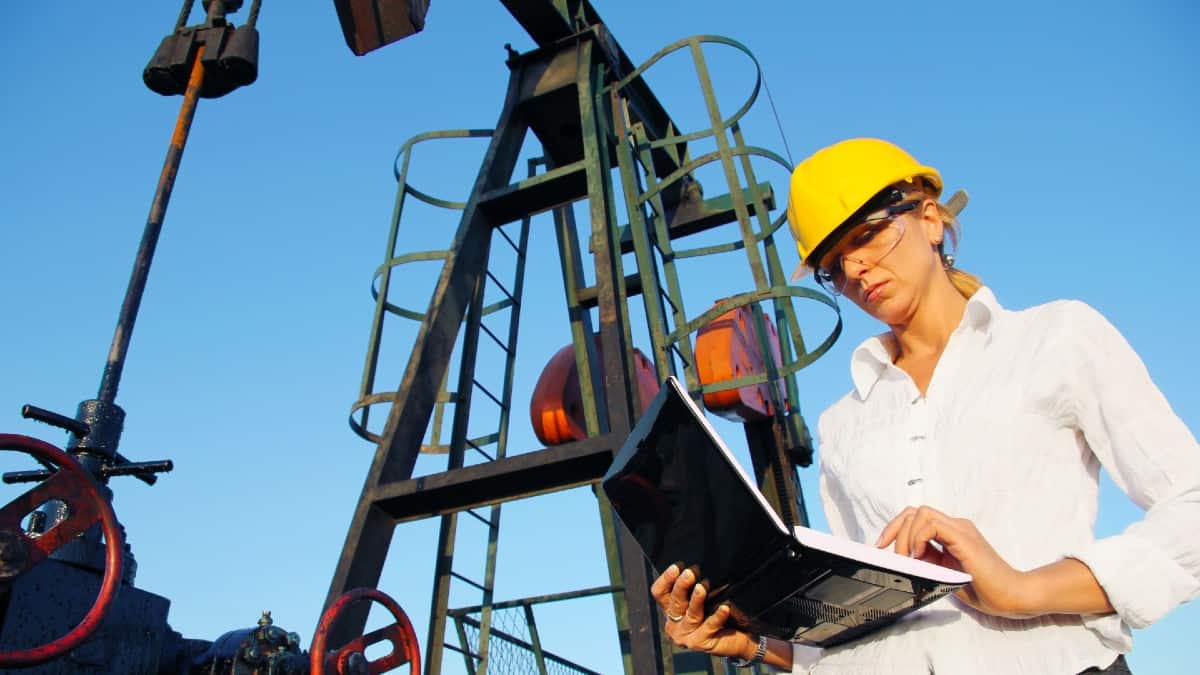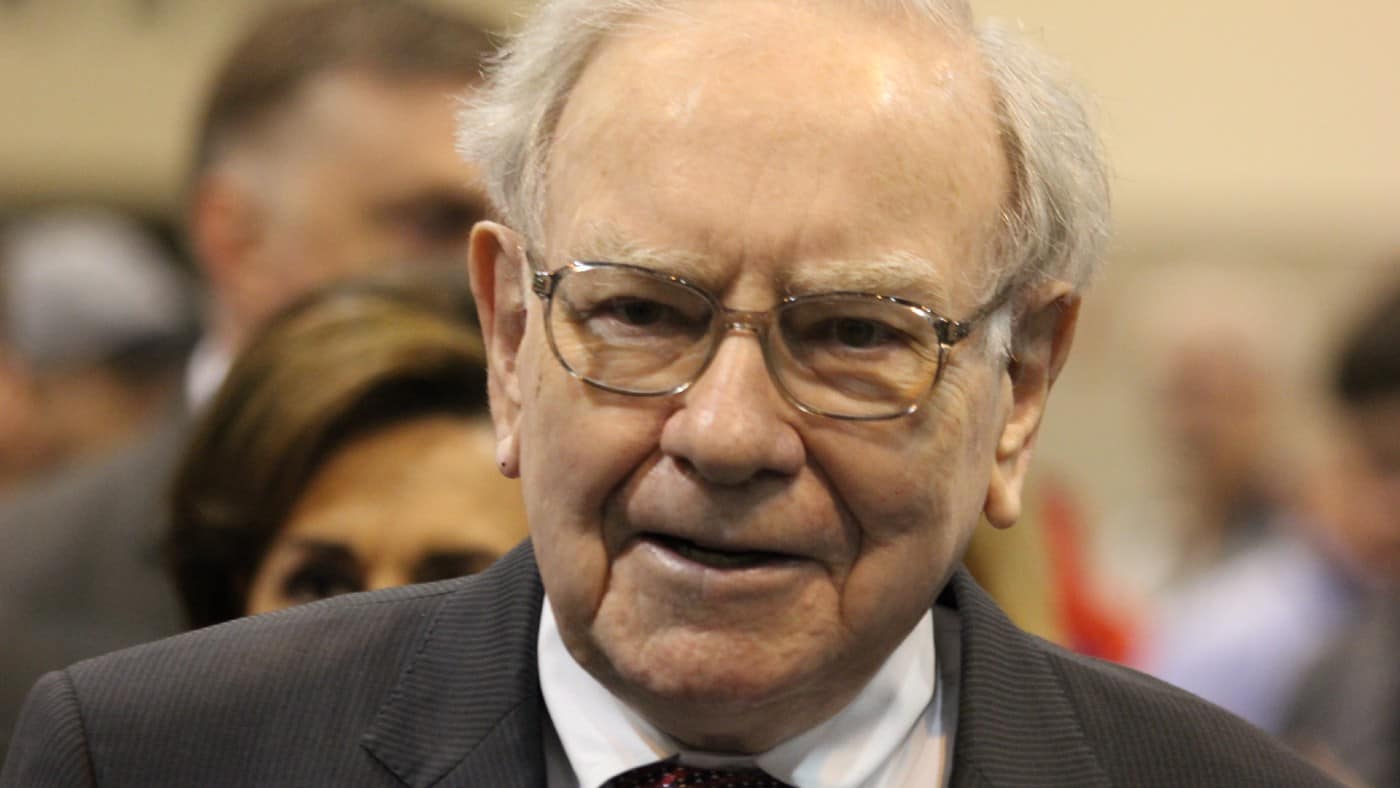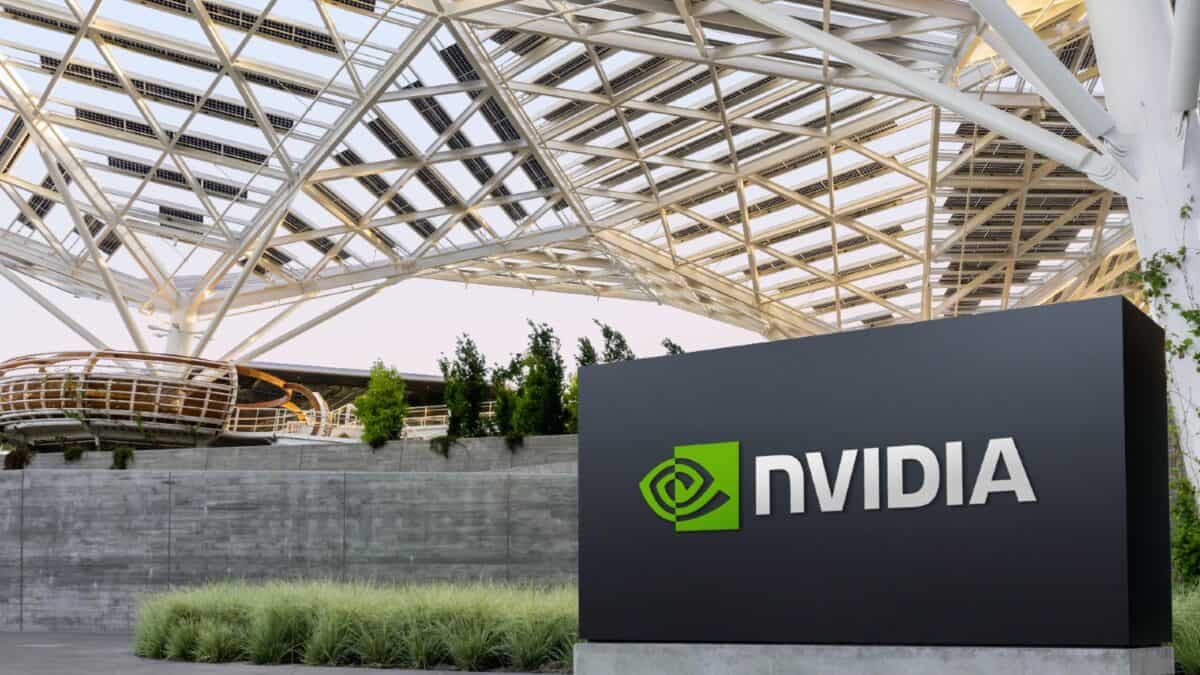Image source: Getty Images
On Thursday of last week, Shell‘s (LSE:SHEL) shares accounted for approximately 15% of the total value of trades on the London Stock Exchange. This surge in activity coincided with the release of the company’s results for 2022.
It’s fair to say that the reaction to the oil and gas giant’s huge profit of $39.9bn was scathing. To parody Jane Austen: it’s a truth universally acknowledged, that an energy company in possession of a good fortune, must be in want of an excellent PR team.
Paul Nowak, the general secretary of the Trades Union Congress, described the profit as “obscene“. Others accused the company of profiteering from the war in Ukraine. And opposition MPs led calls for an increase in the windfall tax. Meanwhile, three Greenpeace campaigners managed to climb aboard an oil platform in the North Sea, carrying a flag with the slogan: “Stop Drilling. Start Paying“.
But perhaps the most surprising reaction came from investors. Shares in the company closed down 1%, on a day when most FTSE 100 stocks enjoyed significant gains.
Future expectations
In theory, the price of a company’s stock reflects discounted expected future cash flows — an approximation of fair value.
During the past 12 months, Shell’s share price has increased by over 20%. But despite bumper profits, it’s only 9% higher than it was five years ago.
This probably reflects the view that earnings will remain high — but not as high — for the foreseeable future. I think this is understandable given the fall in oil and gas prices over the past few months.
Loads of cash
When looking at potential investments, I’m aware that profitability can be affected by esoteric accounting entries. A better measure of performance is cash flow from operations (CFFO). In 2022, Shell’s CFFO was $68.4bn, which is roughly the same as Croatia’s Gross Domestic Product.
| Period | Adjusted earnings ($m) | Cash flow from operations ($m) | Date of results announcement | Closing share price (pence) |
| Q1 2022 | 9,130 | 22,404 | 5 May 2022 | 2,293 |
| Q2 2022 | 11,472 | 12,539 | 28 July 2022 | 2,124 |
| Q3 2022 | 9,454 | 18,655 | 27 October 2022 | 2,425 |
| Q4 2022 | 9,814 | 14,815 | 2 February 2023 | 2,337 |
| FY 2022 | 39,870 | 68,413 |
The company has so much spare cash that the directors announced a 15% increase in the dividend for the final quarter of 2022. This brings the total payout for the year to $1.04. At current exchange rates, this implies a yield of 3.6% — below the FTSE 100 average of around 4%.
In my opinion, shareholders could have been better rewarded if the directors had decided not to pursue a policy of share buybacks. During 2022, the company spent £11.4bn buying its own shares. Based on the issued share capital at the end of 2021, Shell’s shareholders could have received an additional £1.47 in dividends last year. If the board had done this, the yield would now be a massive 10%!
Management teams love share buybacks as they increase earnings per share, a key metric on which they are rewarded. But I’m not so keen. And because of the way in which Shell chooses to reward its shareholders, I’m not going to invest in the company.
Other options
There are many other FTSE 100 stocks currently offering a better return.
For example, the shares of these four companies are all yielding over 8% — M&G (9.9%), Vodafone (8.3%), Phoenix Group (8.1%) and Aviva (8.1%).
For me, when it comes to choosing stocks, income is just as important as capital growth. To quote Jane Austen directly: “A large income is the best recipe for happiness I ever heard of”.
Credit: Source link












